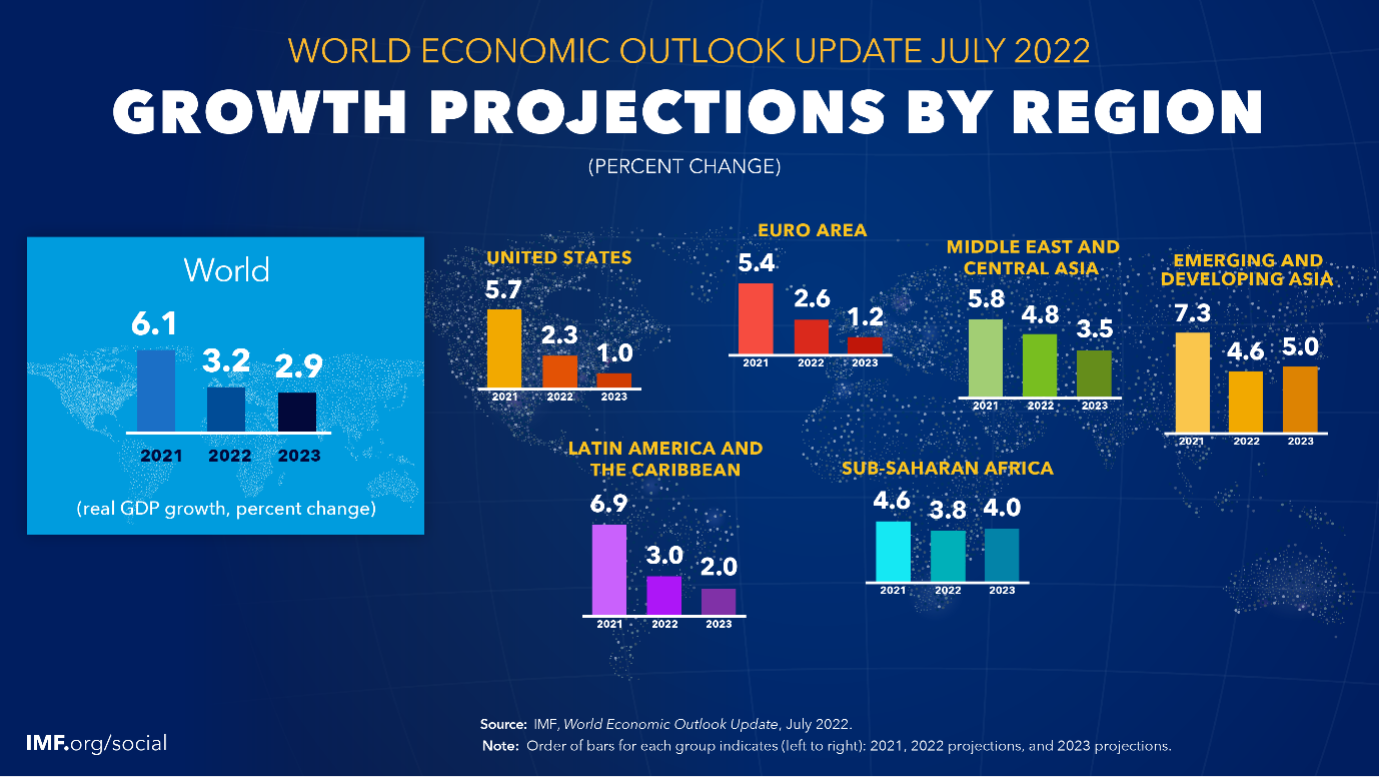
SOURCE: CME GROUP
As much of the world faces a sharp slowdown in growth, emerging markets in Asia remain a bright spot on the investment horizon. Emerging Asia, which includes China, India, Indonesia, the Philippines, Thailand and Vietnam, has outperformed other emerging markets during the past two decades. Going forward, it is forecast to have higher GDP growth than advanced economies in the next two years. But while these countries offer significant investment opportunities, they are not without risks.
A Strong Track Record
Emerging Asia markets have put in a strong performance in recent years. In the five years leading up to the pandemic, Vietnam enjoyed average annual economic growth of 7%, while in China GDP growth averaged 6.9% a year during the same period, and in India and the Philippines growth averaged 6.7% and 6.5% respectively, according to World Bank data. Although emerging Asia economies suffered a sharp contraction during the pandemic, they have gone on to stage strong recoveries. GDP growth in India rebounded to 8.9% in 2021, while China posted GDP growth of 8.1%, and in the Philippines, it recovered to 5.7%. Across emerging Asia as a whole, GDP growth averaged 7.3% in 2021.
Investment Opportunities in Emerging Asia
Solid growth in emerging markets in Asia is expected to continue going forward, according to the International Monetary Fund. In its latest economic forecast, the IMF has penciled in annual GDP growth of 4.6% for emerging and developing Asia in 2022, rising to 5% in 2023. By contrast, it is predicting more subdued growth of just 2.3% and 1% in the United States, and 2.6% and 1.2% in the Euro Area in 2022 and 2023 respectively.

With the exception of China, emerging Asia countries have positive demographic trends, with young populations making them well-placed to reap the so-called “demographic dividend”. Meanwhile, the countries enjoy a growing middle class, with its associated rising demand for goods and services, ongoing urbanization, and a high level of technology adoption.









